Sri Lanka vs. Tamil Eelam
1987 - 2009
Core issue: The Liberation Tigers of Tamil Eelam (LTTE)
was fighting for the independence of the Tamil Eelam
Type of conflict ending: Violent thawing
The conflict between the government of Sri Lanka and the Liberation Tigers of Tamil Eelam (LTTE) concerned the independence of the Tamil Eelam de facto state. In 1987, the LTTE fought its first major war but without resolving the core issue. Two years of relative peace followed due to the presence of Indian peacekeepers, until, in 1989, fighting resumed and an intensive government counter-insurgency was initiated against the rebel group. The high-intensity war was interrupted by peace talks between 2002 and 2006. Thereafter, military activities by the LTTE precipitated another large-scale counter-insurgency which brought the conflict to an end in 2009 when the LTTE admitted defeat and the de facto state ceased to exist.
The frozen conflict in Sri Lanka is based on ethnic grievances between Tamils and the Sinhalese. After achieving independence in 1948, the Ceylon Citizenship Act and the Indian and Pakistani Residents Act of 1949 disenfranchised, in particular, lower-class Indian Tamils who were not able to attain citizenship. This was complemented by repatriation and citizenship acts between Sri Lanka and India (Sirima-Shastri Pact, Sirimavo-Gandhi Pact) and was only resolved in 2003 when all Indian Tamils obtained citizenship. Further discrimination against the minority group of Tamils inter alia included the imposition of Sinhala as the official language of Sri Lanka in 1956 (Sinhala Only Act), unfavorable legislation for admittance to universities, demographic changes in rural areas populated by Tamils, the prioritization of Buddhism in the new constitution of 1972, and the passing of the Prevention of Terrorism Act of 1979 which conferred extra-judicial power to Sinhalese security forces in their campaign against the Tamil independence movement.
In 1976, for the first time, Tamil politicians advocated for an independent Tamil state with the Vaddukoddai Resolution. Over the course of the following years, the LTTE championed the independence struggle with violent means which led to the eruption of a major war in 1983. In 1984, Tamil Eelam existed for the first time as a de facto state by creating a local government and several branches that were designated to establish law and order, as well as financial, educational and health care systems. The inception of the de facto state led to a major civil war with only a brief period of lower intensity between 1998 and 1999 due to the arrival of Indian peacekeeping forces (IPKF) which was driven by security interests and domestic pressure from Tamils living in Tamil Nadu.
After the departure of the IPFK, s second high-intensity civil war erupted which lasted from 1990 until 2001 with a brief decrease in fatalities between 1993 and 1994. The following five years until 2006 were marked by a ceasefire and peace talks under the auspices of Norway during which the LTTE broke up into two factions, one in the north and one in the east, and was beset by military in-fighting. The situation further deteriorated with the killing of the Sri Lankan foreign minister Kadirgamar in 2005, what was attributed to the LTTE. In 2006, operations were resumed against Sinhalese targets which led to international condemnation and the designation of the LTTE as a terrorist organization by the European Union. Countries such as the United States, Australia, Japan and Thailand arrested persons associated with LTTE organizations in their countries. The peace talks collapsed and engendered a new civil war with the Sri Lankan government defeating the LTTE in 2009. After losing its territory and the killing of its leader Velupillai Prabhakaran, the LTTE conceded defeat and the de facto state discontinued its existence. In conclusion, the core issue was resolved through military victory in 2009, therefore the frozen conflict ended by violent thawing.
Sources
Deane, T., 2016. "Historical and Political Background to the Erosion of the Rule of Law and Human Rights During Sri Lanka's Civil War and the Way Forward", Small Wars & Insurgencies, 27 (6), 971-995.
Destradi, S., 2012. "India and Sri Lanka's Civil War", Asian Survey, 52 (3), 595-616.
Höglund, K., and I. Svensson, 2009. "Mediating between tigers and lions: Norwegian peace diplomacy in Sri Lanka's civil war", Contemporary South Asia, 17 (2), 175-191.
Shastri, A., 2009. "Ending Ethnic Civil War: The Peace Process in Sri Lanka", Commonwealth & Comparative Politics, 47 (1), 76-99.
